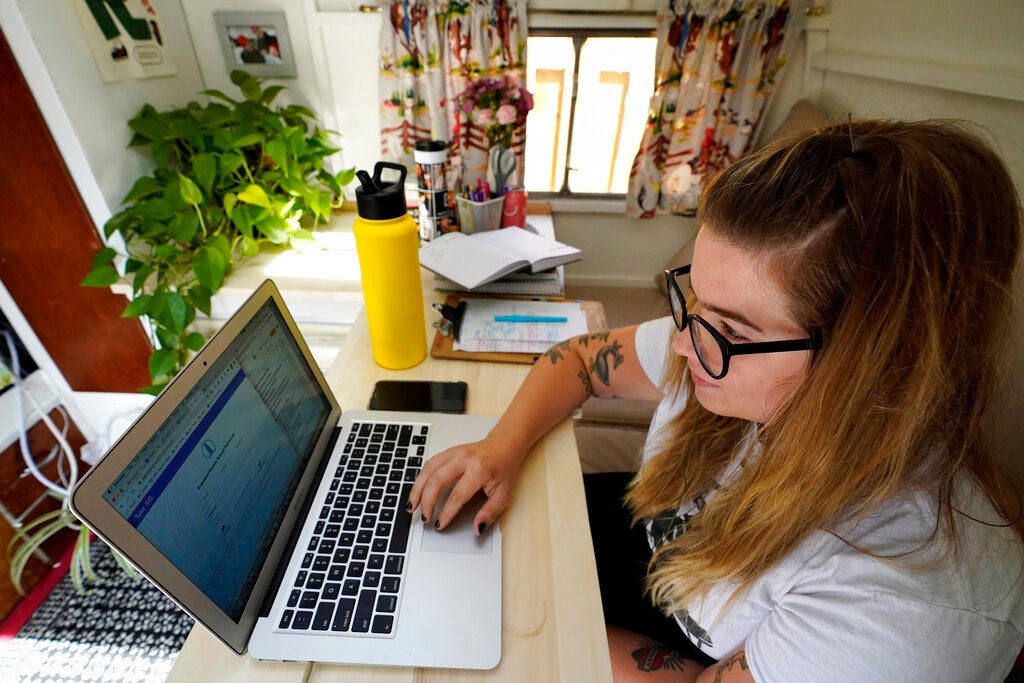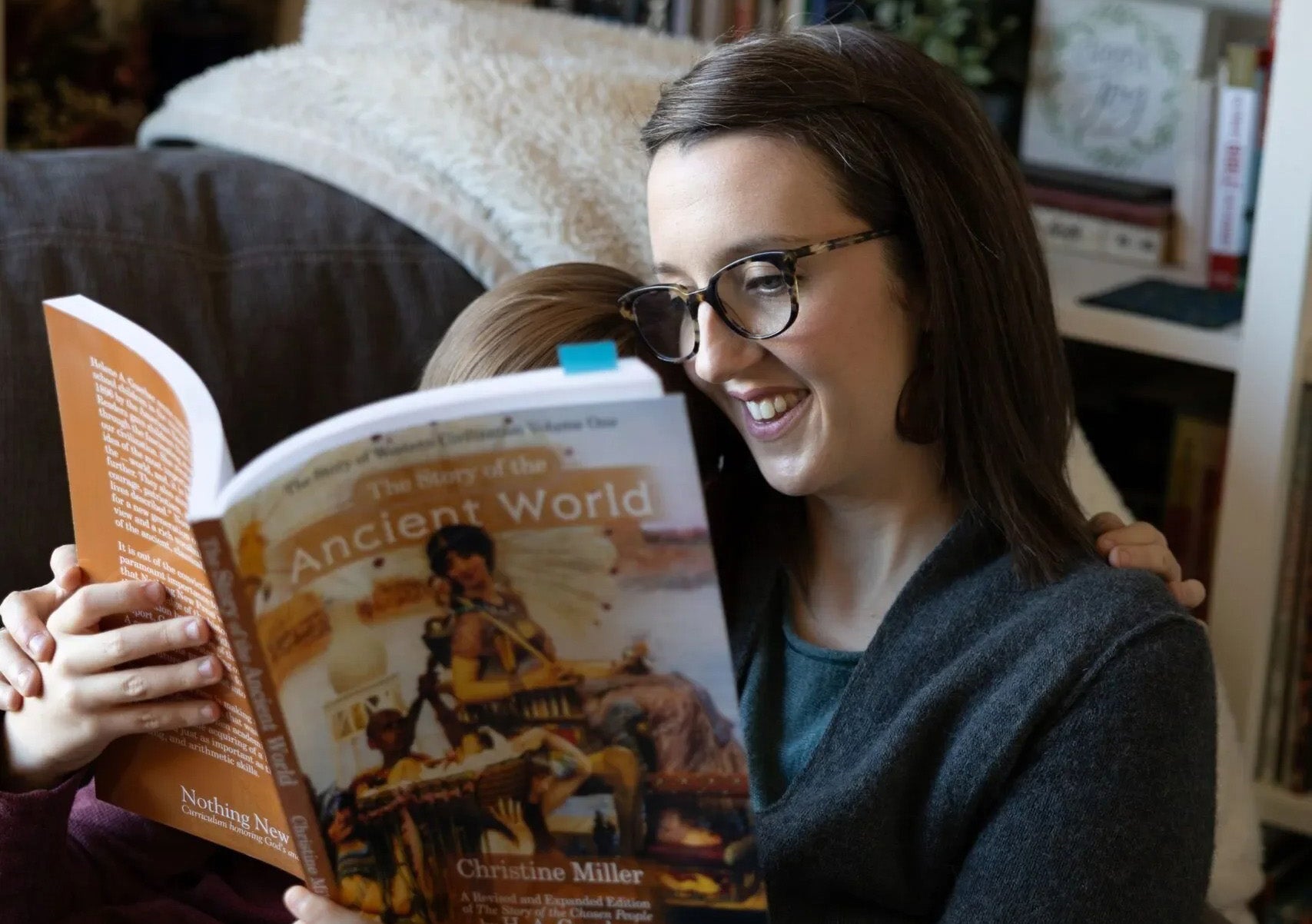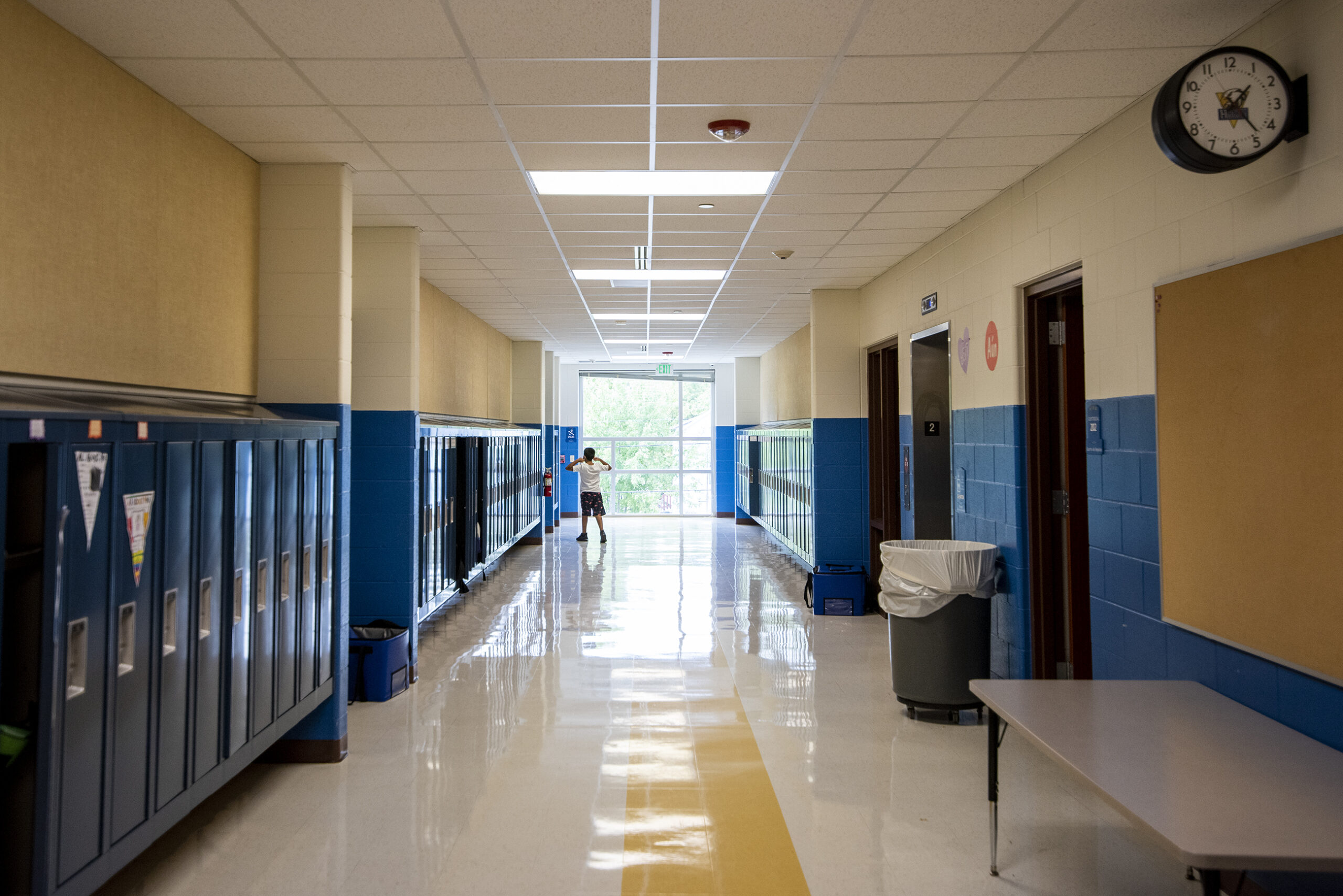Schools across Wisconsin are making the decision to continue virtual learning, or switch to it for the first time, to finish the fall semester.
The School District of La Crosse announced Wednesday it would continue virtual learning until the end of the semester Jan. 18. The district has been doing virtual learning since the beginning of the school year because of the high rate of COVID-19 cases in La Crosse County. Administrators had announced a plan to have elementary school students return to classrooms in October, but were forced to cancel one week later because of a spike in cases.
Superintendent Aaron Engel said the district had been making decisions about whether to return to in-person classes on a weekly basis.
News with a little more humanity
WPR’s “Wisconsin Today” newsletter keeps you connected to the state you love without feeling overwhelmed. No paywall. No agenda. No corporate filter.
“As we looked at the data in La Crosse County right now, as well as some of the events coming up, we decided that it was unlikely that conditions were going to significantly improve. And so we felt like providing certainty so folks could plan was the most judicious route at this time,” Engel said.
He said the beginning of cold and flu season and family gatherings around the holidays mean the local case rate is unlikely to improve in the short term.
Engel said he thinks people in the community know what they need to do to prevent the spread, but many have either embraced the messaging from some politicians that the pandemic is over or have grown weary of following health precautions.
“Hopefully in January, there’s some kind of behavioral changes in our community and some policy decisions made at the state and federal level that help us kind of get back on the right track so that conditions change,” Engel said.
He said district administrators and staff are most worried about not being able to provide in-person instruction for their youngest students in kindergarten through second grade.
“Without an in-person experience, we’re afraid that they’re not going to progress at a time when it’s crucial for them to do so,” Engel said. “We’re continuing to look at how to bring students back at those grade levels even if we have elevated case rates or percent positivity. But we haven’t found anything that would support doing so with the conditions they way they are in Wisconsin or in La Crosse County.”
Last month, the Madison Metropolitan School District announced it would remain in all-virtual learning through the second quarter, which ends Jan. 22.
In an announcement to families, Superintendent Carlton Jenkins said the “agonizing decision” came after weeks of reviewing local public health metrics, consultation from health experts and feedback from families and staff.
Milwaukee Public Schools will also continue online learning through the start of 2021 after the school board rejected a proposal to bring students back in January if local COVID-19 metrics improve.
Even some school districts in the state that have been offering in-person instruction are planning to switch to virtual learning for the end of the semester.
Stevens Point Area School District has been doing a blended model of in-person and online classes since the start of the school year despite worries from teachers about safety. But the district announced last week that all students would move to three weeks of online learning starting Nov. 30.
Sarah O’Donnell, director of communications for the district, said teachers have been providing all online instruction to about 20 percent of the district’s students through an online learning program.
“While providing that choice to our families was something that was, we think, necessary and needed at the time, it has put an extreme burden on our teachers to deliver basically two kind of sets of curriculum,” O’Donnell said. “We are going to take that three-week e-learning period for all students, which will give us the opportunity to collapse some sections at our elementary to provide dedicated staff for that Flexible E-Learning model.”
O’Donnell said the transition will also help the district deal with the increasing number of COVID-19 exposures and cases that threaten to put a strain on staffing and available substitute teachers.
She said the district has already had to close an elementary school for two weeks, in part because of a shortage of substitute teachers.
“That scenario could certainly happen at another school at any given time,” O’Donnell said. “We don’t know what January looks like. So we’ll continue to stay our course unless we need to course correct.”
She said the district will continue to monitor the number of COVID-19 cases and people in quarantine, as well as staff capacity for teaching, food service, custodians and bus services.
Wisconsin Public Radio, © Copyright 2025, Board of Regents of the University of Wisconsin System and Wisconsin Educational Communications Board.







